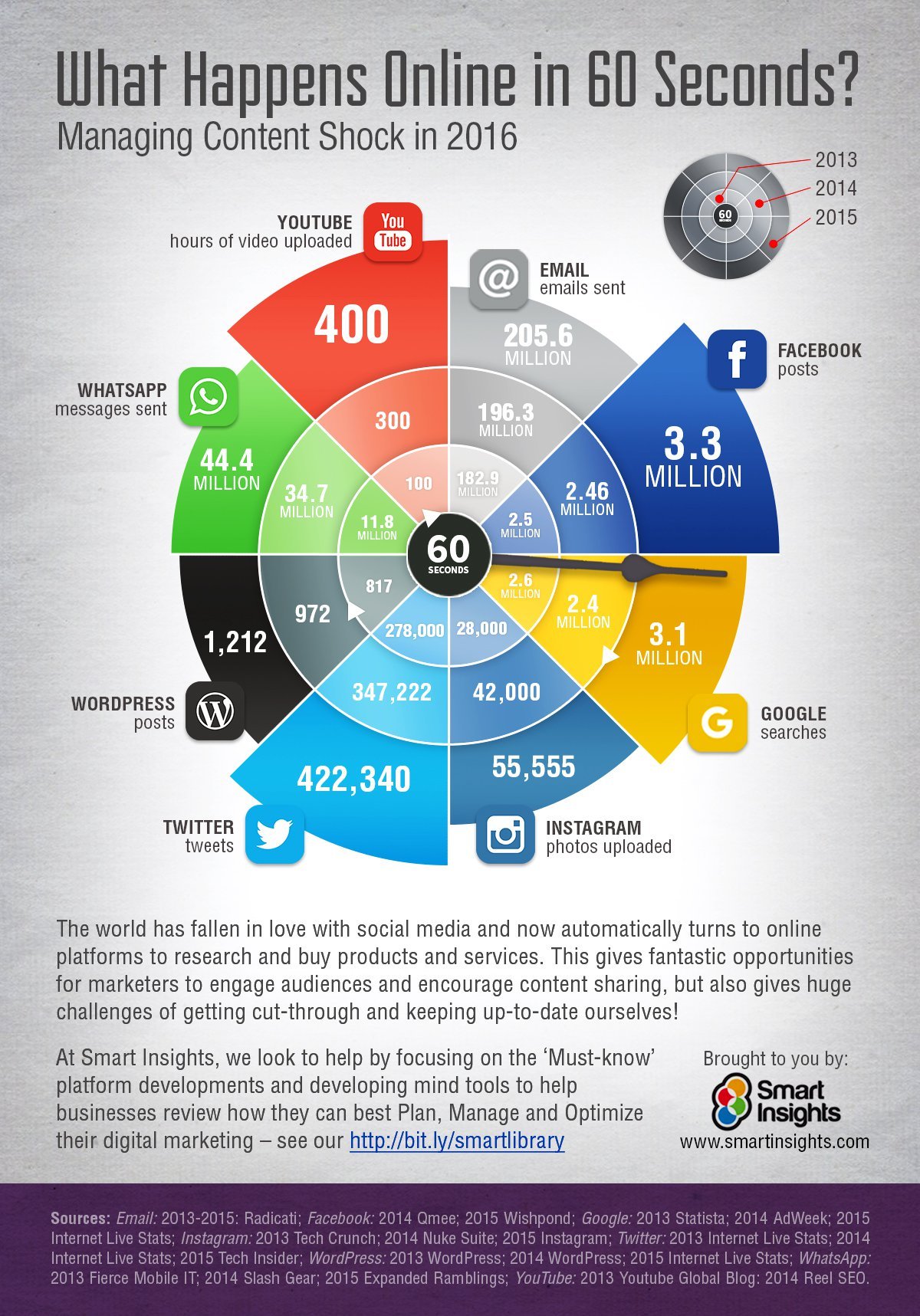January 14, 2016
The folk over at Smart Insights reminded me last week about the deluge of content churning through every social media platform. Much has been written about getting the content right. Investing more time, resource and money in storytelling and crafting visuals that resonate. But this is only one half of the content picture.
Gaining cut through in all that content noise is as much about distribution through social media. Maybe not quite so sexy (or visually creative), but targeting, evaluating and focusing content across your audience segments can make a huge difference to the success of your content.
Right audience, right message
Whilst social platforms increasingly push us to use paid social, there is an advantage for content distribution that no one much talks about. The opportunity to target audiences with specific, relevant and contextual content. A better alternative to throwing content ‘mud’ at the wall and seeing what sticks. That way we don’t flood feeds with posts and pics, but carefully select and filter audiences to find those that would find the content of interest. The result is greater context, relevance that leads to better uptake or action.
Focus on where you need to be
We’ve been in social marketing for nearly 12 years now and social has evolved and changed every year. It is inevitable that through this journey many brands have created more than one account or used more than one platform. And now there are either too many social profiles or a large number of legacy accounts (left in silence).
Evaluating and consolidating profiles certainly makes sense. But so too does having a strategy for which platforms will help you reach (and be relevant) to your audience. After all if you are targeting Gen Z you might not want or need Facebook anymore!
Measure performance
Evaluating content is as important as creating it. Otherwise, how on earth will you know if it is doing the job for which it is intended!
By measuring performance, I mean a lot more than engagement metrics. Useful indicators true. But better still, is to measure outcomes such as web visits, leads generated, or click throughs. What you need to look for is a rounded picture of content performance. By channel, by content type, by message, by audience and so on.
So when you are planning your content for 2016, look beyond the story and format. Ensure that 50% of your investment is on content distribution. Cut through the content deluge, connect with customers and ultimately, deliver results.
